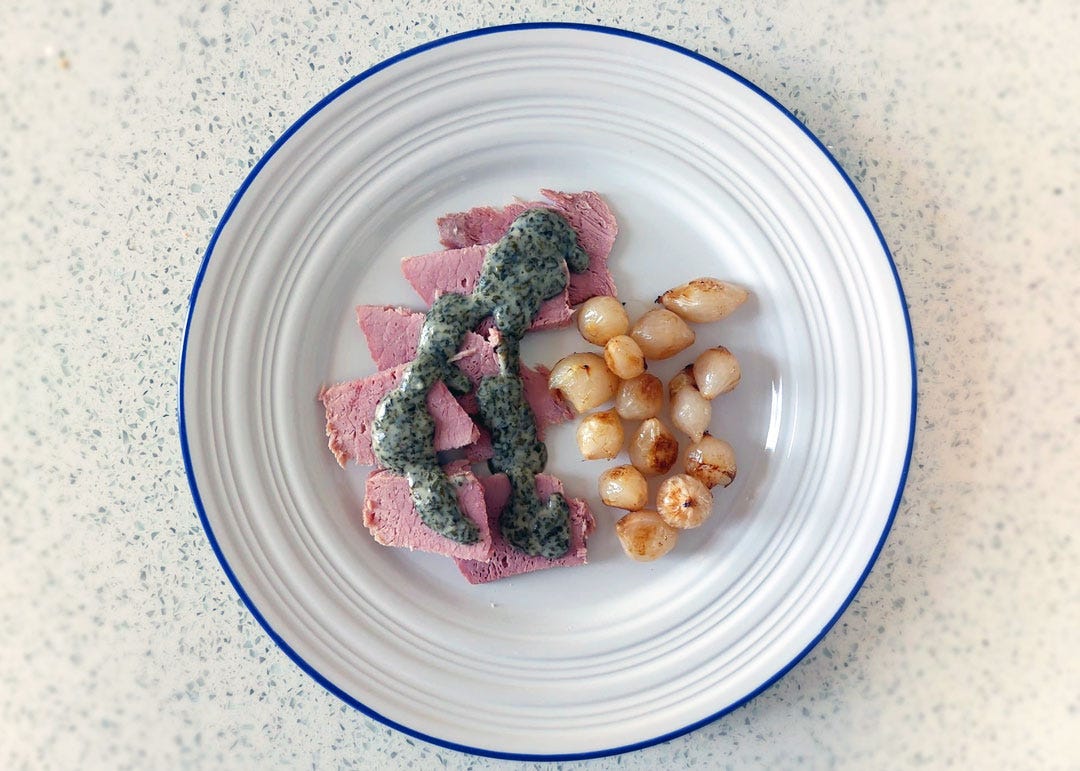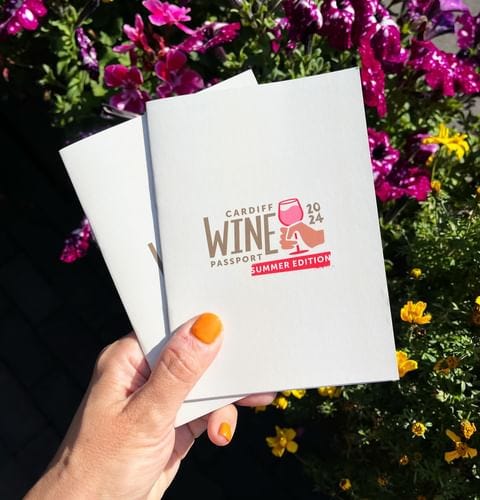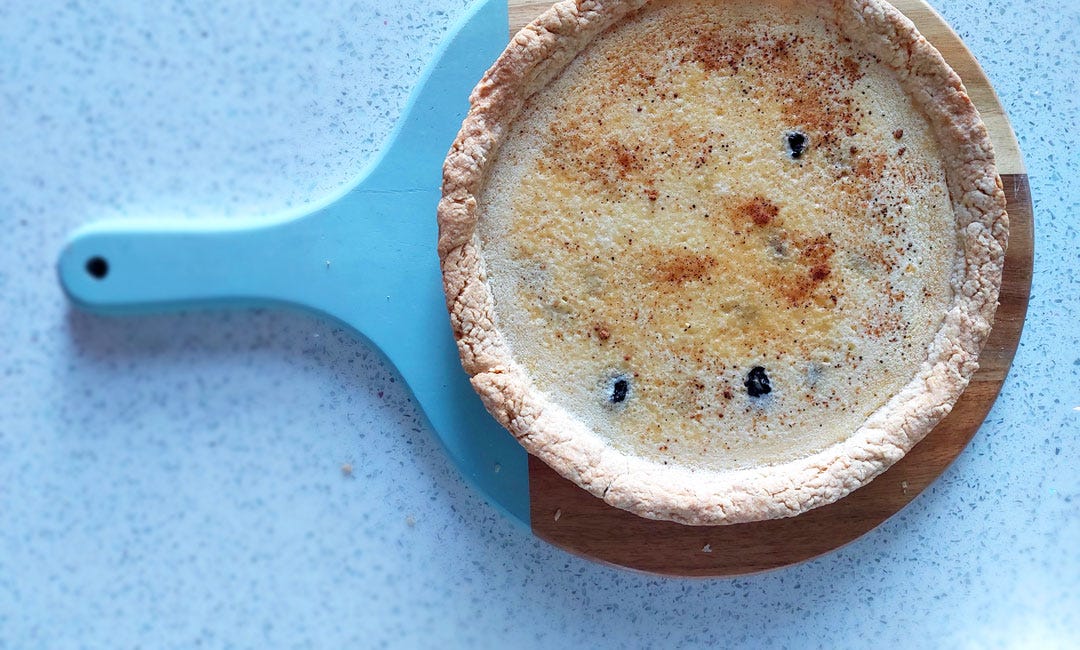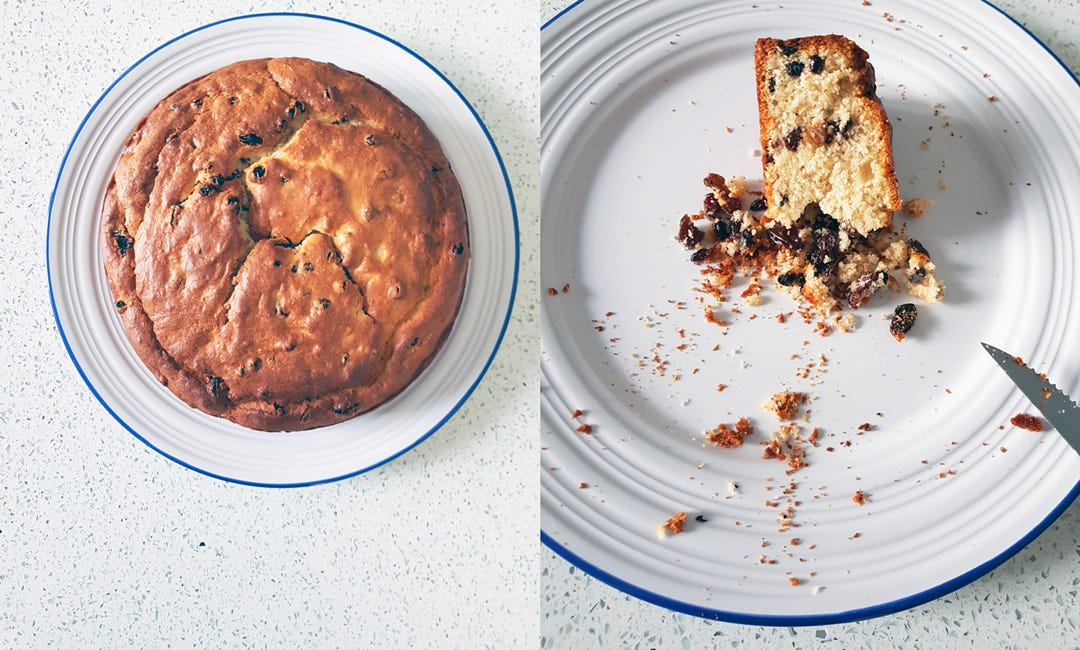Back when I was growing up in Newport, my brother and I would often accompany my grandad food shopping. We'd have a list of items to buy written by my Nannie Gwen. Most of it, we'd buy in Kwik Save. In my mind, it was a supermarket well ahead of its time, as it follows a very similar concept to Aldi and Lidl, and it was probably the first to introduce a basic range of own-branded goods, under their No Frills label. The trolleys (which my grandad called a chariot) had a long pole of metal that reached up from handlebar to stop you taking it out of the shop, but you never 'left' with your own trolley anyway, as the checkout person would scan and stack the goods (one particular woman at breakneck speed) in an empty trolley the other side of the checkout. Once you'd finished unloading your shopping on the belt, your trolley would then become the empty one for the next customer.
You then took your ‘new’ trolley to a packing shelf where you loaded up your bags with shopping. The idea of Kwik Save was no-frills value with a warehouse-style store. You always had to pay for carrier bags, so many would bring their own (sound familiar?). The alcohol, fresh counters and greengrocer concessions were run as separate franchises to keep costs and wastage down. What most people don’t realise is that Kwik Save was started in Wales by Albert Gubay in Prestatyn in 1965.
Anyway, before we got to Kwik Save and it’s walk in fridges (very cool back in the day), we would often visit the bin shop. I pretty sure that wasn’t its actual name, but I've no idea what it was actually called. It was a shop that sold dry goods (porridge oats, lentils etc) out of giant bins, that you could measure out yourself, before they would be weighed and priced. Again, this was ahead of its time, as you now find refill shops on the high street. Several supermarkets have tried the idea of refill over the last few years under the guise of reducing plastic and packaging. Asda has just announced that it’s cutting back on its refill stations that stocked up to 30 staples in some stores, but M&S and Ocado have announced plans for expanding the concept.
Near where I live in, there's a version of the bin shop called The Source Bulk Foods. I often go to stock up on lentils and porridge oats – not dissimilar to my Nannie Gwen’s shopping list. I like the fact that I can get just the exact amount I need. A cake I made recently called for 300g of ground almonds, and I could get exactly that amount, whereas if I went to the supermarket, I would have had to have bought 400g. One of my pet hates is having to buy packs of vegetables in the supermarket when I only need one of something. Not that much gets wasted in my kitchen, but sometimes I don’t really want to eat four courgettes in a week. I just like to buy what I actually need rather than in excess. I hate food waste and I have become slightly obsessive in my using up of every scrap of food, much to the wonder and amazement of my flatmates who often look strangely at the food combinations that I put together – but I refuse to throw something away if I don’t have to.
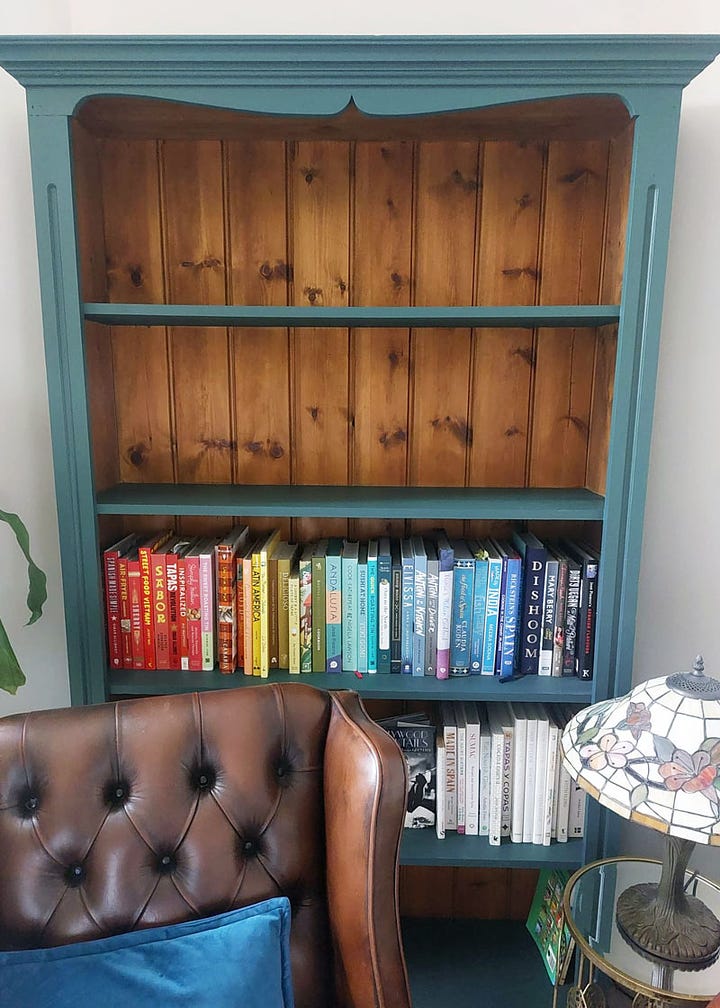
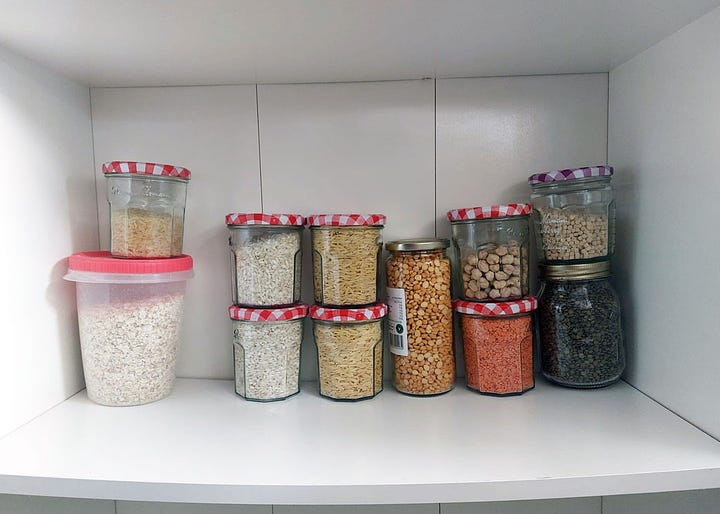
In other news, I’ve bought a new bookcase (which I upcycled over the bank holiday weekend – I love a project!) and moved my cookbooks, leaving me with two free shelves in the kitchen. I’m going to make them into a little larder of dry goods in jars that I can refill at the local bin shop. As if it weren’t obvious before, I’m definitely turning into my grandparents – and that’s no bad thing.
The Recipe
Ham with laverbread sauce and roasted onions
Between the ages of four and 11, I took the same packed lunch to school every day (except Wednesdays when I went home for lunch with my Nannie Gwen). This was not down to my mum’s lack of imagination or culinary credentials. It was because I was an incredibly picky, no not just picky… fussy eater. I ate a ham sandwich on sliced white bread every lunchtime. I still love a ham sandwich now, although my tastes have certainly developed and my fussiness has subsided. This recipe is for boiled ham – something I only tend to have at Christmastime – but I don’t know why, as I love it. I’ve paired it with a really simple laverbread sauce that goes with all sorts of cooked meats, not just ham, and some wonderful little roasted pickled onions.
Ingredients
1 small ham joint
3 bay leaves
Small jar of pickled onions, drained
1 tbsp butter
1 tbsp plain flour
300ml milk
1 small tin of laverbread (about 120g)
1 tsp ground white pepper
Method
Cook the ham according to the packet instructions in a large pot of water with the bay leaves – usually 20 mins for every 450g, plus an extra 20 mins. When the ham starts to boil, gently skim off the white scum that will float to the top. You can pre-soak your ham if you want to get rid of excess salt, but ham is not nearly as salty as it once was, so there’s no real need. Remove from the water when cooked and reserve under foil until ready to serve.
Meanwhile, toss the pickled onions in a little olive oil, and roast in a hot oven for about 10-15 mins until brown.
In a saucepan, melt the butter and then add the flour and stir. Heat for a minute or two to cook out the flour, then gradually add the milk bit by bit, whisking all the time, until you have a smooth sauce. Add the laverbread and white pepper, and mix well. Season with a little salt to taste.
Slice the ham and drizzle with the sauce and server with the pickled onions.
The Playlist
To me, cooking and music go hand in hand, whether that’s singing at the top of your voice using a wooden spoon as a microphone while waiting for pasta to boil, or dancing around with the oven gloves on as the oven timer counts down. Here are this week’s ideas for your Welsh Kitchen playlist.
Music from Cerys Matthews and Catatonia this issue, and Cerys Hafana who pushes the boundaries of the triple harp in her compositions.
Road Rage by Catatonia
Tragwyddoldeb by Cerys Hafana
Ross recommends
Cardiff Wine Passport
You’ve still got four weeks left to buy and use your Cardiff Wine Passport. I have loved this idea since its inception a few years ago. You buy the passport and then trade it in for a glass of wine at any of the 15 participating independent venues in and around the city. Time to get sipping!



